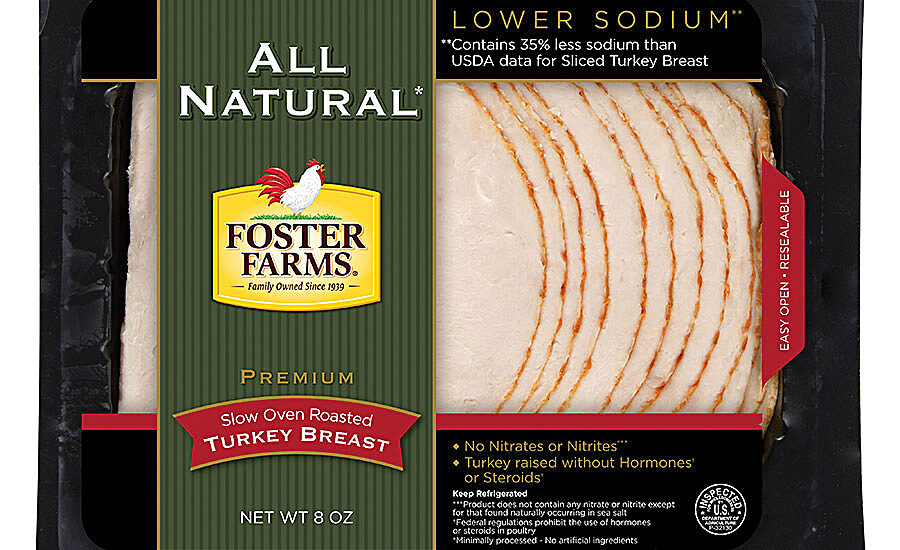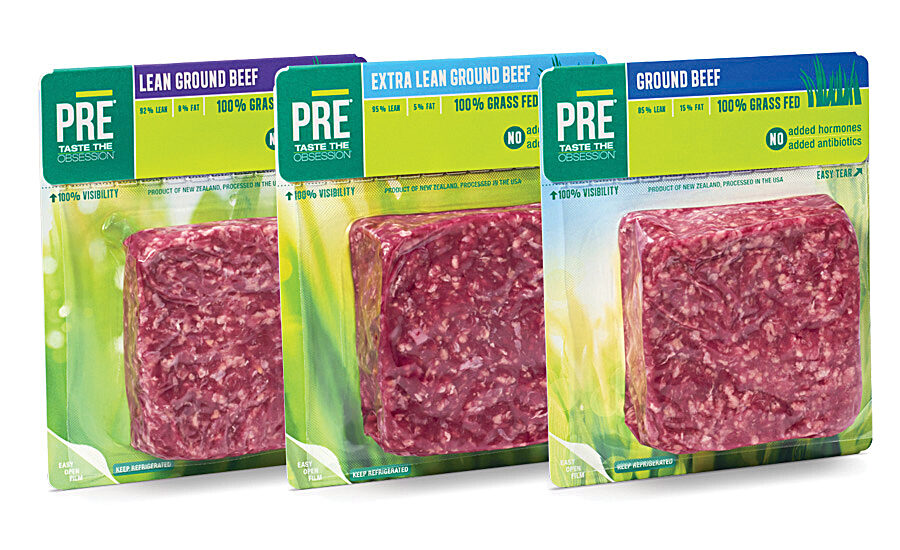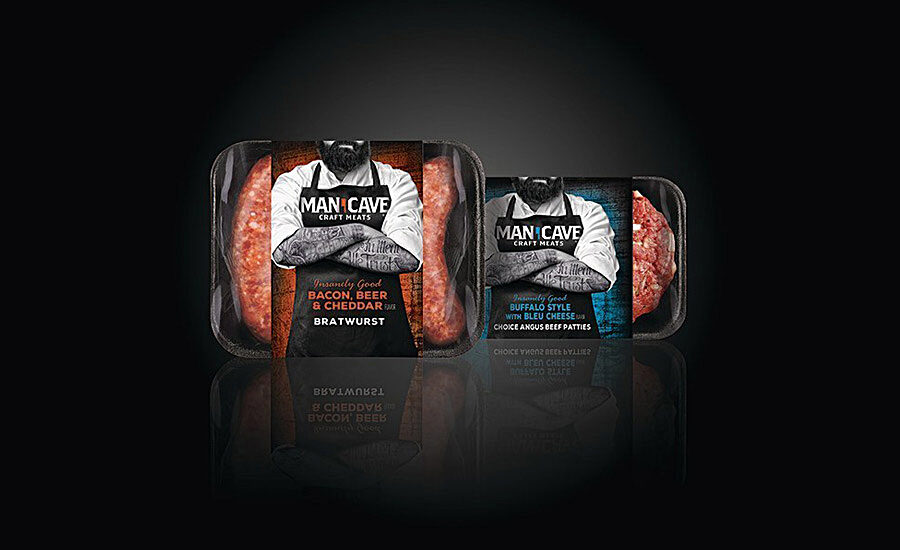If one thing is certain, it is that the future of the meat industry is still in good hands as the Millennial generation comes into its own. While they might not include protein in every meal, Millennial shoppers are heavy consumers of beef, pork, poultry and other meats. Although their needs and preferences may set them apart from past generations, they will still look to the meat industry to fill their plates with healthy food for themselves and their families.
“Millennials spend more proportionally on fresh red meat than any other generation and were the only group in our study to indicate that they planned to spend more on red meat next year than they did this year,” says Brian Bell, vice president, Cargill Beef North American Sales and Marketing.
Cargill recently initiated a proprietary red meat consumer study of more than 8,000 fresh meat consumers to better understand attitudes, needs and behaviors.
“The key to keeping these consumers engaged is understanding their needs at the meat case,” says Bell.
According to the most recent Mintel surveys of packaged red meats and poultry products, beef reached sales of about $35.2 billion in 2014 and is expected to remain relatively flat through 2019.
“Since beef supplies are predicted to remain tight for some time, consumers will continue to turn to less-expensive protein sources, such as poultry and vegetarian items,” the company reported.
Sales of pork products reached $10.8 billion in 2014 and also are forecasted to decrease or remain flat, reaching $10.9 billion in 2019. Sales of other red meats, including lamb, goat and game meats, are projected to increase from $1.3 billion in 2014 to $1.5 billion in 2019. Category growth is being spurred by Millennials, who are comfortable eating a variety of meats, due to this population’s multicultural makeup.
The poultry market, which grew 16% from 2009 to 2014, reaching $24.1 billion in sales, is forecasted to grow an additional 21% through 2019. Although chicken is the dominant bird, sales of turkey, duck and other birds grew faster due to increased interest in other poultry, with consumers looking for alternatives to red meat and greater availability.
Know Your Niche
Another niche that has grown in popularity is meats with desirable attributes — organic, natural, free-range, antibiotic-free, GMO-free. Cargill’s survey found that nearly 70% of consumers are interested in red meat that comes from certified humanely raised and handled animals on farms that are routinely audited.
Bell says Cargill has worked to prioritize which claims are most relevant and meaningful to consumers.
“We’re making strides to help meet these demands but also recognize the importance of educating consumers so they understand what these claims truly mean,” he adds.
Those and other types of attributes help determine quality for many consumers. “Quality” is a nebulous term and can mean different things for different consumers. The definition can also change depending on the generation of the shopper.
“For Millennial and Gen X consumers, quality means emphasizing the story of their food — where, how and by whom it is produced,” Bell explains. “More transparency about how animals are raised, and by whom, is critical to their purchase decisions.”
Baby Boomers, on the other hand, tend to view quality of red meats in more traditional terms: marbling, grade, juiciness, tenderness. They are willing to pay more for those premium claims. Others in the Boomer generation see meat as a more commodity item; they will expect a safe, quality product but are not willing to pay a premium for it. Taken as a whole, the Baby Boomers are the most loyal customers to the meat industry.
“On the other hand, Gen Xers view quality not only as the tenderness of the product but also as their ability to discern where, how and by whom their food was produced; quality to them truly means transparency of how their food was raised,” Bell adds. “And last, much like the Gen Xers, Millennials care about food with a story, but are not always willing to pay for these claims.”
Those youngest consumers are still building up their household incomes and figuring out their routines. Additionally, they are not comfortable with preparing red meat yet, so “quality” to them can also mean an easy, fool-proof meal option.
The more value-conscious Baby Boomers purchase red meat as part of their usual routine meals, although they are among the most likely to reward themselves by indulging in a more extravagant meal. When they do indulge, they choose a steak almost a third of the time.
A large number of Generation X falls into the “foodie” category, so they seek out products with claims and stories that they can share with friends to help bolster their reputations, Bell says. Their favorite red meat products include steak, brisket and pre-marinated meat. Millennials share some of those same motivations, though they might not be able to match the Gen X behaviors due to differences in life stage and incomes. They have a busy lifestyle and need information about preparing food, complementing cuts and latest trends.
Mintel reports that the desire for transparency about where and how poultry is raised will continue to be an important issue for poultry brands. More than two-thirds of people surveyed (68 %) are interested in knowing where their poultry comes from, and 62% are interested in knowing how their poultry was raised. Brands that can educate consumers about product origin and how their poultry is raised, as well as ways to properly handle poultry, will have an advantage. Additionally, they will be able to build that sense of trust that is so important and influential on poultry purchases.
A trend worth noting is the emergence of food as a craft, and not a commodity. Outside of the meat category, it can be seen with the growth of craft beers, farm-to-table restaurants and farmers’ markets. Within the meat industry, it can be observed by the increased recognition of the butcher as a craftsperson.
Elsewhere, companies are experimenting with gourmet sausage flavors, locally raised meats, and species-specific beef, pork and poultry items. Small processors in particular have grown tremendously by creating craft meat items, and it’s a trend that has caught the eye of even the largest companies.
“We’re already seeing this [trend] come alive with craft burgers, and it makes sense. Our research shows that consumers are seeking adventure in food and gravitating toward regional flavors — two elements often found in craft brands,” Bell says. “At Cargill, nothing is off the table. We’re studying food trends and how they align with consumer demand to constantly evaluate our product offerings and determine what the best product mix looks like for our retailers and their consumers.”
Sam Gazdziak is Editor In Chief, Independent Processor and Editor, The National Provisioner. This article is excerpted from National Provisoner’s “2016 Consumer Trends Report” in November 2015. Visit www.provisioneronline.com for more details.
Originally appeared in the March, 2016 issue of Prepared Foods as Story Time.


